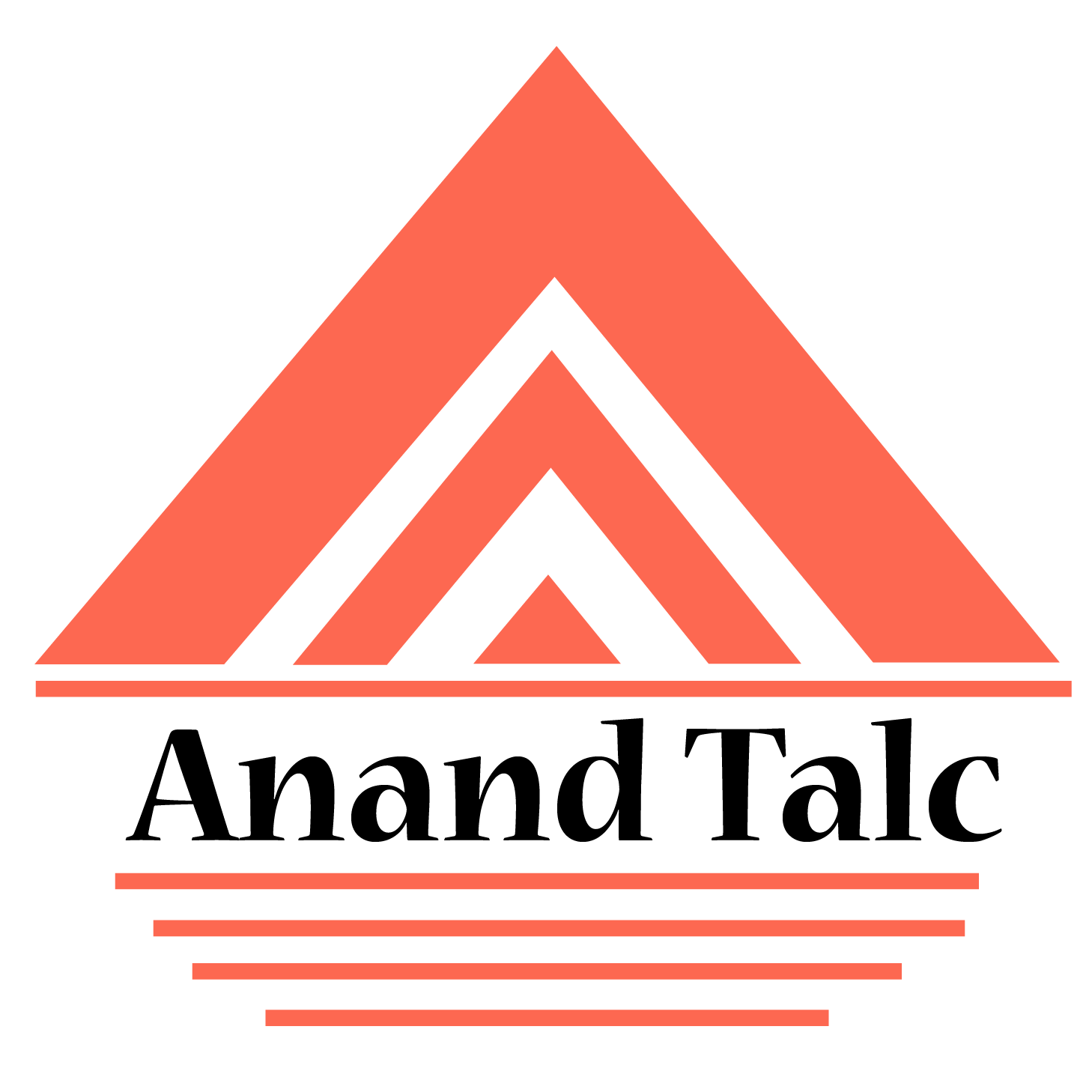Feldspar Powder

Feldspar powder, a finely ground mineral derived from the abundant group of rock-forming minerals known as feldspars, occupies a significant position in various industrial sectors due to its versatile properties and wide-ranging applications. Composed primarily of aluminum silicates with varying proportions of potassium, sodium, and calcium, feldspar powder boasts exceptional versatility, offering benefits in ceramics, glass manufacturing, construction, and beyond.
Its unique chemical composition and physical characteristics make it an indispensable ingredient in numerous manufacturing processes, providing advantages such as enhanced strength, thermal stability, and electrical insulation. From serving as a fluxing agent in ceramic glazes to acting as a filler in glass formulations and paint coatings, feldspar powder plays a pivotal role in driving innovation and efficiency across diverse industries. Moreover, its role in enhancing soil fertility and promoting plant growth underscores its importance in agricultural applications. With its diverse range of properties and applications, feldspar powder continues to be a cornerstone ingredient in the formulation of high-quality products worldwide.
- Hardness: Feldspar minerals typically have a Mohs hardness ranging from 6 to 6.5, making them moderately hard.
- Color: Feldspar powder can vary in color depending on the specific mineral composition, ranging from white, pink, and gray to brown and green.
- Cleavage: Feldspar minerals exhibit two directions of cleavage that intersect at approximately 90 degrees, resulting in blocky or tabular crystal fragments.
- Specific gravity: The specific gravity of feldspar minerals ranges from approximately 2.5 to 2.7.
- Chemical stability: Feldspar minerals are generally chemically stable and resistant to weathering and alteration under normal environmental conditions.
- Fusibility: Feldspar minerals have a relatively low melting point and exhibit a range of fusibility depending on their composition.
- Ceramics: Feldspar powder is a key ingredient in the production of ceramics, including pottery, tiles, and porcelain. It acts as a fluxing agent, helping to reduce the melting temperature of the ceramic materials and promoting vitrification.
- Glassmaking: Feldspar powder is used in the glassmaking industry as a flux to lower the melting point of silica and improve the transparency, strength, and durability of glass products.
- Paints and coatings: Feldspar powder is used as a filler and extender in paints, coatings, and adhesives to improve their mechanical properties and reduce costs.
- Construction materials: Feldspar powder is incorporated into construction materials such as concrete, mortar, and plaster to enhance their workability, strength, and durability.
- Abrasives: Some varieties of feldspar minerals are used as abrasives in manufacturing processes such as grinding and polishing.
